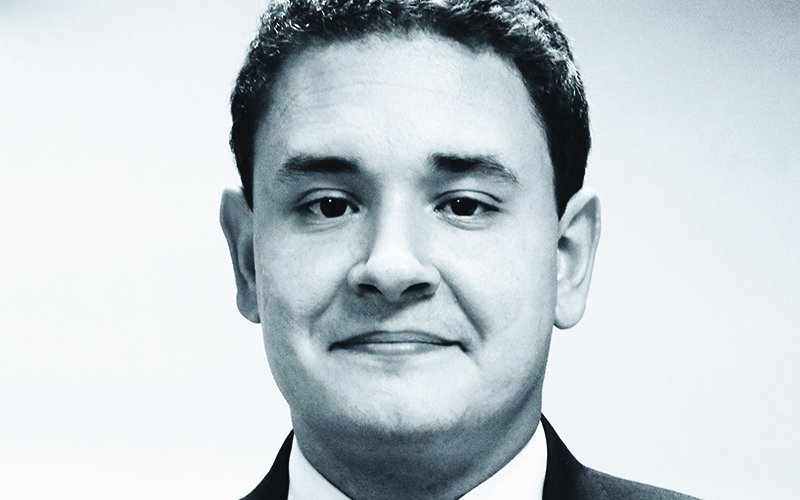Petrobras makes a comeback
Pietro Ferreira, South America Regional Analyst

While the World Cup is on, Neymar’s team is not the only Brazilian outfit whose performance is drawing the world’s attention this year. Following turbulent times caused by internal and external factors such as the Lava Jato (Car Wash in English) corruption probe and the fall in oil prices, Petrobras is once again investing in ambitious oil and gas projects. The company’s latest investment plan has reversed four years of reductions, calling for a capital expenditure of US$74.5bn between 2018 and 2022, of which US$60.3bn will be invested in exploration and production (E&P) projects. Operating expenses are estimated at US$136.8bn by 2022.
Pre-salt is key for Petrobras. The bulk of the company’s E&P investment will be directed at prolific oil fields in the pre-salt province, which are already responsible for more than half of the national oil and gas output (54.4% in April 2018). This number is impressive considering that pre-salt production began a mere eight years ago. And this is only the beginning: the massive Libra Block is under development and six blocks were scooped by Petrobras at bidding rounds for production-sharing agreements that took place in October 2017 and June 2018.
Floating production, storage and offloading (FPSO) vessels are the production unit of choice for Petrobras’ pre-salt projects: the company plans to install 18 of them in Brazil by 2022. Seven units are slated to begin operations in 2018, while tenders for five FPSOs – Búzios V, Mero 2, Parque das Baleias and Marlim 1 and 2 – are taking place simultaneously at the time of writing. Modec, Exmar and MISC Berhad submitted bids for the Buzios V FPSO, while proposals for the other units will be submitted in the second half of 2018. The 180,000bbl/d Guanabara and Carioca FPSOs, to be deployed at the Mero and Sépia fields, have been awarded to Modec and are set to start operations in 2021.
Although offshore E&P projects are a priority for the company, key projects in the mid and downstream segments are finally leaving the drawing board. In February 2018, Petrobras awarded a US$600m EPC contract to a consortium formed by Kerui and Método Engenharia for the completion of the Comperj gas processing plant in the outskirts of Rio de Janeiro. In north-eastern Brazil, meanwhile, construction work is underway at the Abreu e Lima refinery in Pernambuco, where a SNOX and other sulphur-related units are being erected to allow full capacity at the refinery’s first train.
Brazil’s drive to increase compliance in the wake of Lava Jato has led to revamped procurement practices at Petrobras. The oil company has had to comply with the State-Owned Companies Act, a recently enacted law that requires public or mixed-capital companies to adhere to public bidding instead of invitation-only bids in order to boost transparency and competitiveness. The CRC registration, a vital element for suppliers seeking to do business with Petrobras, has been completely overhauled with a major review of categories for goods and services.
Petrobras and Brazil face important challenges ahead. Upcoming presidential elections are likely to put the country’s oil and gas market in the spotlight, and contenders will offer different views on the company’s future. Regardless of the outcome, however, Petrobras will remain key for any government. High productivity from pre-salt fields will continue to support the company’s investment plans, providing a constant stream of opportunities for the international supply chain.






Follow us
Advertise
Free e-Newsletter